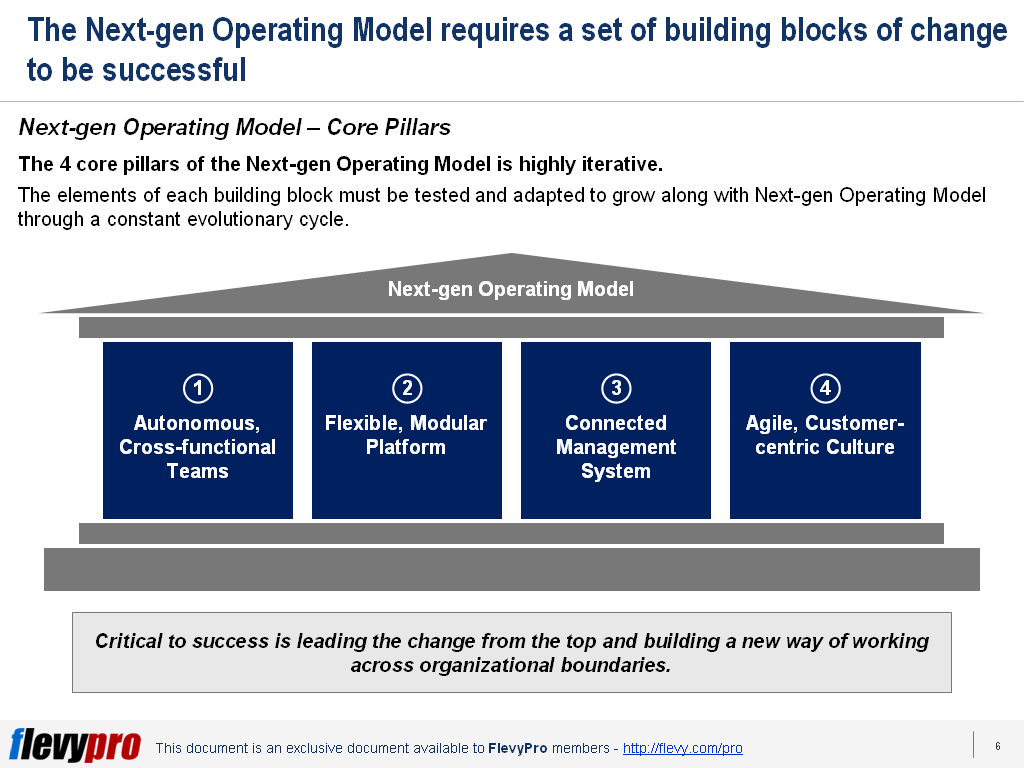Lean Management plays a significant role in putting in place processes, capabilities, and tools to improve how businesses operate. But , the Digital Age has increased both the opportunities for businesses who know how to react and the difficulty of getting it right.
, the Digital Age has increased both the opportunities for businesses who know how to react and the difficulty of getting it right.
Tasks performed by humans are now more complex be it accessing information in multiple formats from multiple sources or responding to changing market and customer dynamics at an ever-increasing speed. As an increasing number of tasks become automated or taken over by cognitive-intelligence capabilities, companies need to learn from lean management. Like a sprinter who needs all her muscles to be finely tuned and working in concert to reach top speeds, fast-moving institutions must have a system to continually synchronize strategies, activities, performance, and health.
Many organizations understand the need to change how they work and have embarked on numerous initiatives, yet few have been able to get beyond isolated success cases or marginal benefits. Most companies recognize the need for a Next-gen Operating Model to drive their business forward their Digital Transformation initiatives. But, how they develop it makes a big difference.
The Next-gen Operating Model
There are 4 core pillars of a Next-gen Operating Model. Putting these in place will ensure its successful implementation.
- Autonomous, Cross-functional Teams. The first pillar is focused on empowering the team to own products, services, or journeys. Having autonomous, cross-functional teams, organizations can become nimble in building skills across their teams. They make anchor hires for key roles, set up rotational and train the trainer programs, and commit to ongoing capability building and training for key roles.
- Flexible, Modular Platform. The second pillar is focused o supporting a faster deployment of products and services. Having Flexible, Modular Platforms will enable technology teams to better collaborate with business leaders in assessing which systems need to move faster.
- Connected Management System. The third pillar focuses on driving a culture of continuous improvement that cemented on customer needs. A Connected Management System will ensure that Management systems are evolving to create feedback mechanisms with and between various operations and teams.
- Agile, Customer-centric Culture. The fourth pillar is focused on speed and execution over perfection. Having an Agile, Customer-centric Culture is critical to success. It leads the change from the top and builds new ways of working across organizational boundaries. When functions and teams collaborate, effective time to market to reduced as well as operational risk.
The path to building up the Next-gen Operating Model follows well-defined approaches to guide organizations. These approaches will be every organization’s guide to operating model transformation during the first 12 months.
Following the 4 Critical Approaches to Operating Model Transformation
The 4 critical Approaches to Operating Model Transformation works well when there is a broad and top-down organizational mandate for change. Before anything else, organizations must make sure that the change mandate is in place so that the entire organization is aligned with the proposed change.
One of the 4 Critical Approaches is the Innovation Lab. The Innovation Lab is a dedicated unit set up to be entirely separate from the historical culture, decision-making bureaucracy, and technical infrastructure of the main business. It hatches new business models in an informal setting. It is best used when there is a need to move very quickly in response to market pressures.
Mastering these various approaches will enable organizations to better go through the Operating Model Transformation in the most effective way to achieve Operational Excellence.
Interested in gaining more understanding of Operating Model Transformation? You can learn more and download an editable PowerPoint about Digital Transformation: Operating Model Transformation here on the Flevy documents marketplace.
Are you a management consultant?
You can download this and hundreds of other consulting frameworks and consulting training guides from the FlevyPro library.

Comments